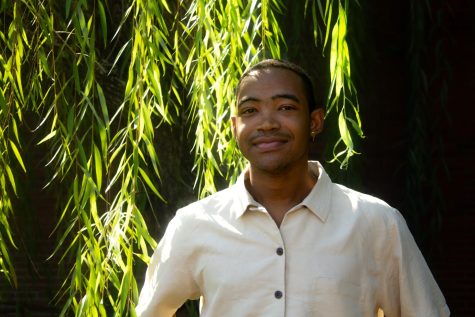Princess Power: Exploring the Worlds of Queer Space Princesses
“Entrapta, She-Ra, Catra” by squidminion is marked with CC BY-NC 2.0.
I was having the time of my life at Dining Commons on Statesboro campus when a loose acquaintance approached my friends and I to discuss anime. The subject floated over to what he considered to be the worst anime on the planet: Sailor Moon.
According to him, the show was 90% transformation sequences and 10% bratty middle school girls whining their way through poorly choreographed fights.
He bet me that I wouldn’t make it through a single season of the rainbow-dripped, overtly ‘girly’ series. This moment birthed a long spiral into the genre of the queer-coded space princess superhero.
I found that I had an affinity for the Japanese magical girl genre. Media which follows an ordinary girl who leads a double life wherein she can transform into a super-powered alter ego while also managing a generally melodramatic teenage life.
Sailor Moon revolutionized the genre and birthed a sub-category within it. Shows like “Star vs. The Forces of Evil,” ”Steven Universe” and “She-ra” are all recent additions to the Space Princess Queendom.
The most integral component of the genre is the transformation sequence. A coined phrase such as “For the honor of Grey Skull,” or “Mars planet power, make-up,” is called before the warrior spirit is unleashed.
The character floats into the air and time is suspended as she deshells her ordinary clothing and is clothed in pulsing tendrils of light which turn into a fighter costume.
Although some may feel that these sequences are just padding due to low-budgets, there is something admirable about the thought of a character needing to apply nail polish and wave a magical wand before launching into a battle of fisticufs with adults who double them in size and age.
These shows often center around hyper-feminie characters, but do not present them as weak or mere damsels in distress. Instead they are at the forefront of conflicts, saviors of the universe, and wearers of impeccable clothing,
Another core element is the focus on romance. In terms of aesthetics, song and story. These shows are visually bright and cutesy in design. The music is often soft or bright and poppy. And the stories value the bonds of the characters more so than whatever conflict is happening.
My favorite episodes are the ones where characters do homework together, or throw weddings or attempt to set their alien aunt up with a mystery girl at a house party.
These series also push against the grain in terms of gender and queer representation. Steven Universe features mostly queer characters and also features a few gender-nonconforming characters as well.
Haruka in Sailor Moon is undoubtedly interested in women in both the manga and the anime. She has the ability to alter her physical appearance to be more masculine or femine presenting and is also in a same-sex relationship with Michiru.
I find this representation to be ahead of its time. Despite heavy censorship in the US and other countries, the popularity of Sailor Moon and reception from the public pioneered a wave of series just like it.
Media like this is important as it shows there is no singular way for someone to be brave. Expressing one’s emotions and parading in flamboyant attire does not take away from one’s strength. With the power of friendship, and a form-altering magical talisman, anything is possible.




